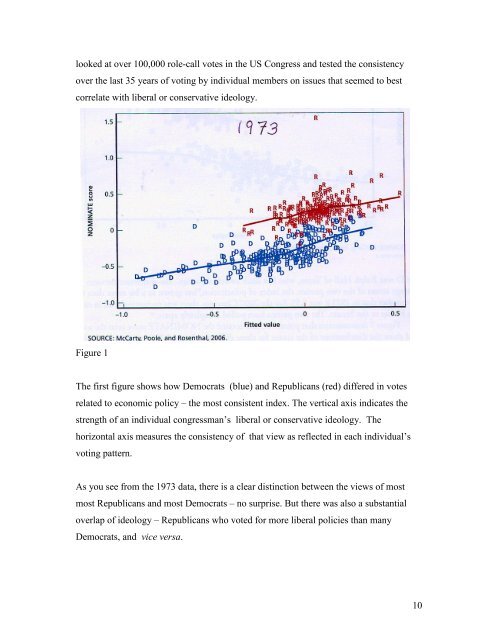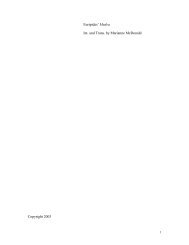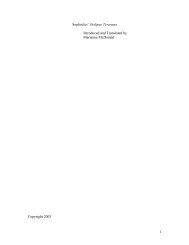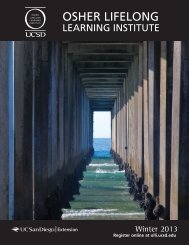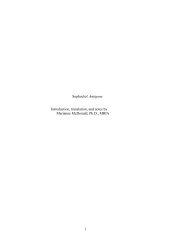1 The Wobbly Three-Legged Stool: Science, Politics, and the Public ...
1 The Wobbly Three-Legged Stool: Science, Politics, and the Public ...
1 The Wobbly Three-Legged Stool: Science, Politics, and the Public ...
Create successful ePaper yourself
Turn your PDF publications into a flip-book with our unique Google optimized e-Paper software.
looked at over 100,000 role-call votes in <strong>the</strong> US Congress <strong>and</strong> tested <strong>the</strong> consistency<br />
over <strong>the</strong> last 35 years of voting by individual members on issues that seemed to best<br />
correlate with liberal or conservative ideology.<br />
Figure 1<br />
<strong>The</strong> first figure shows how Democrats (blue) <strong>and</strong> Republicans (red) differed in votes<br />
related to economic policy – <strong>the</strong> most consistent index. <strong>The</strong> vertical axis indicates <strong>the</strong><br />
strength of an individual congressman’s liberal or conservative ideology. <strong>The</strong><br />
horizontal axis measures <strong>the</strong> consistency of that view as reflected in each individual’s<br />
voting pattern.<br />
As you see from <strong>the</strong> 1973 data, <strong>the</strong>re is a clear distinction between <strong>the</strong> views of most<br />
most Republicans <strong>and</strong> most Democrats – no surprise. But <strong>the</strong>re was also a substantial<br />
overlap of ideology – Republicans who voted for more liberal policies than many<br />
Democrats, <strong>and</strong> vice versa.<br />
10


